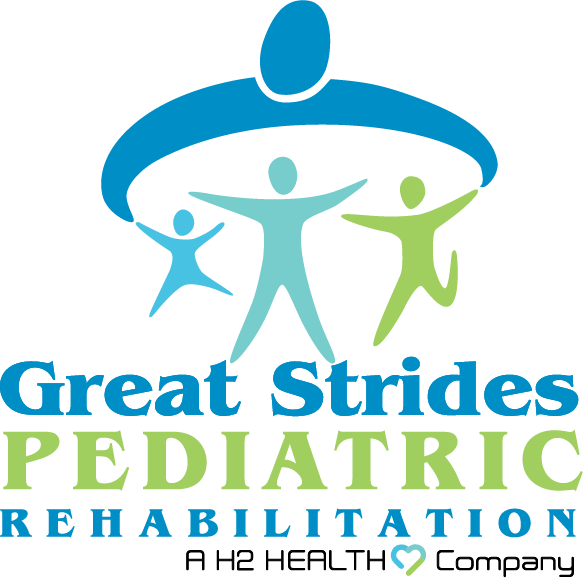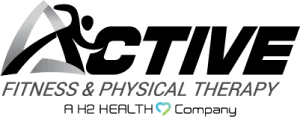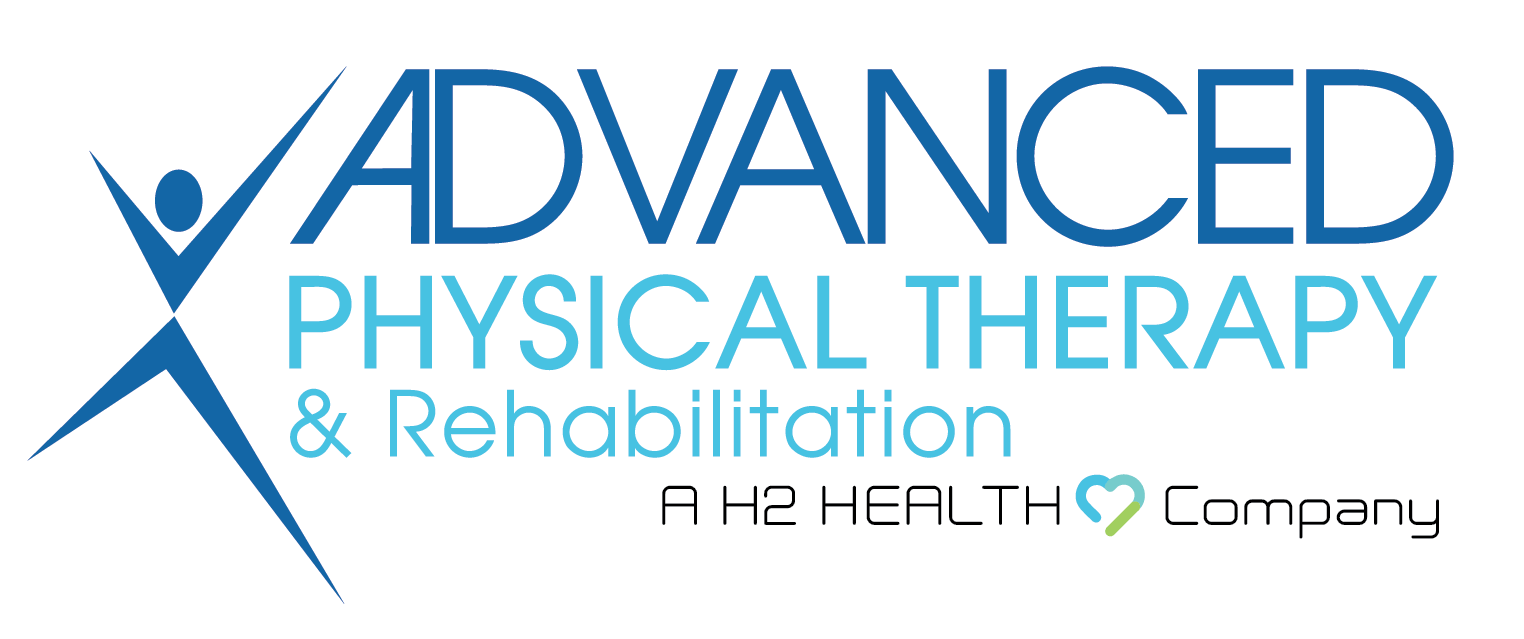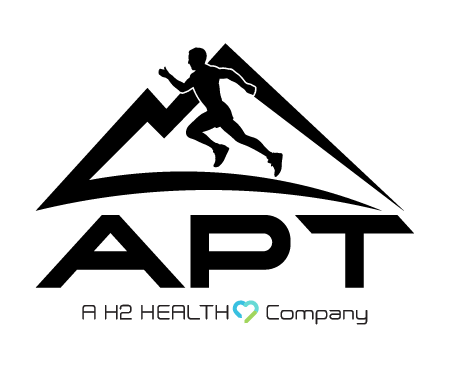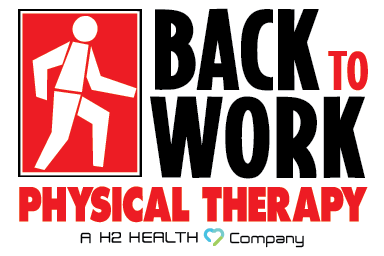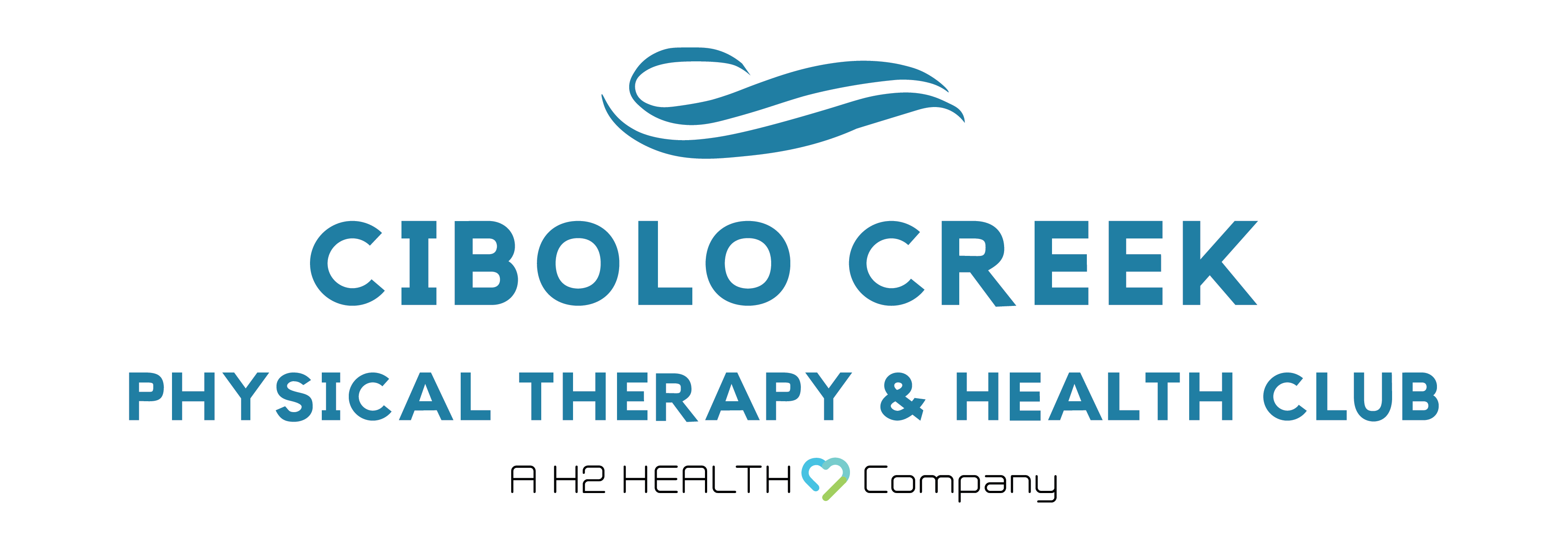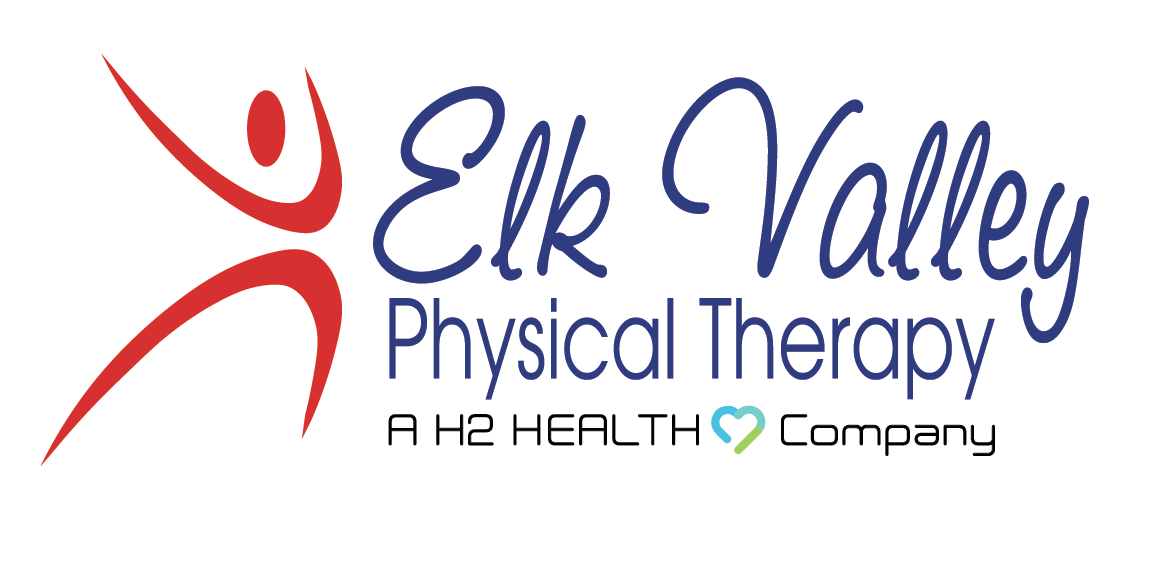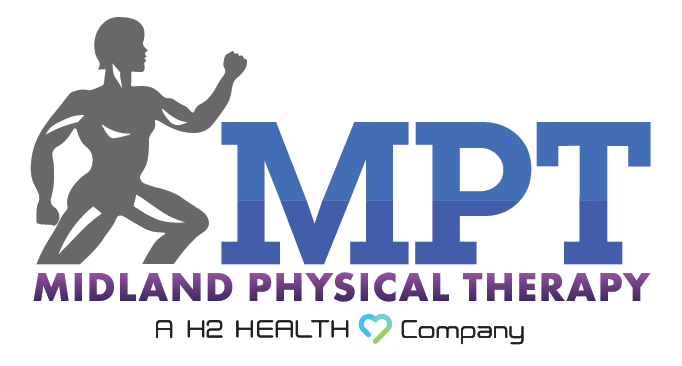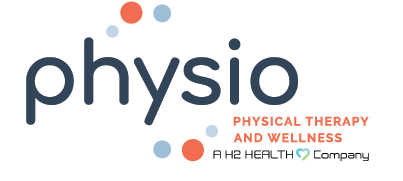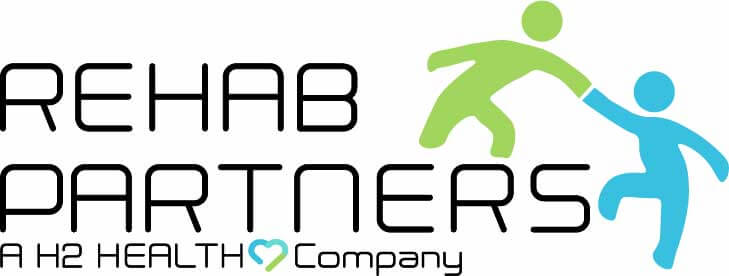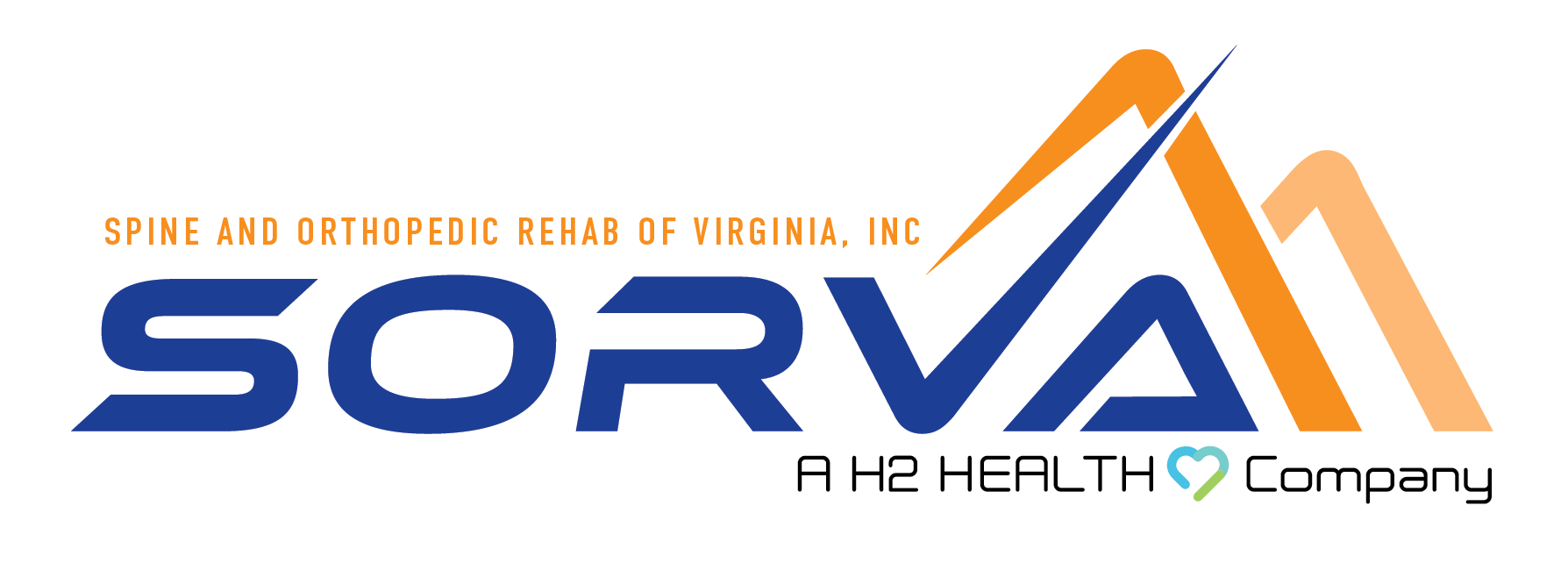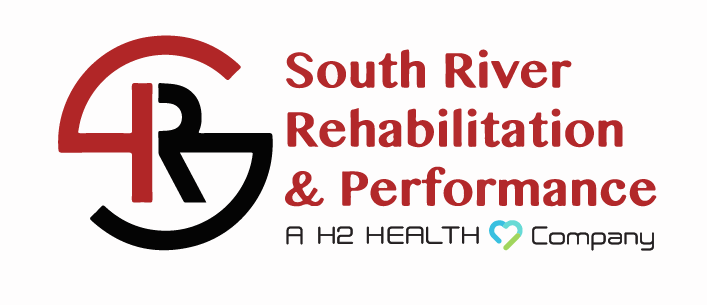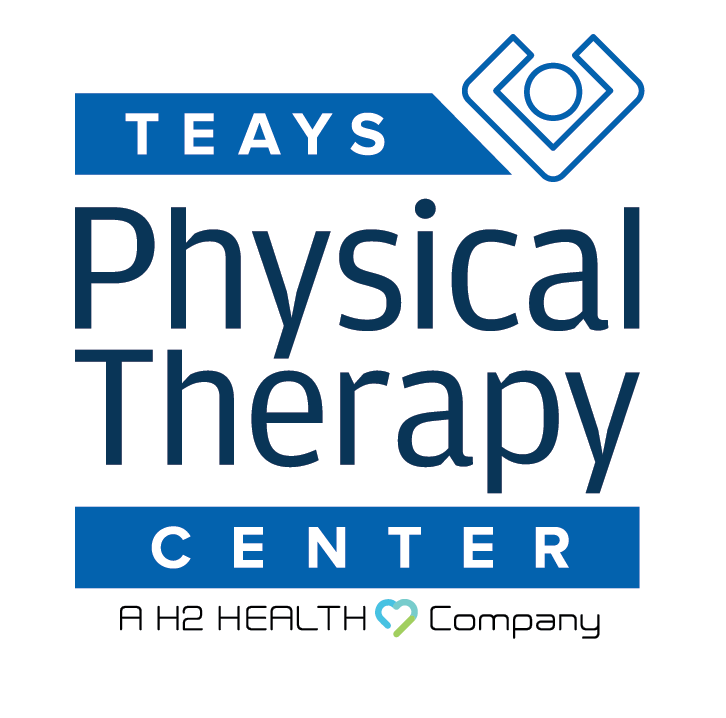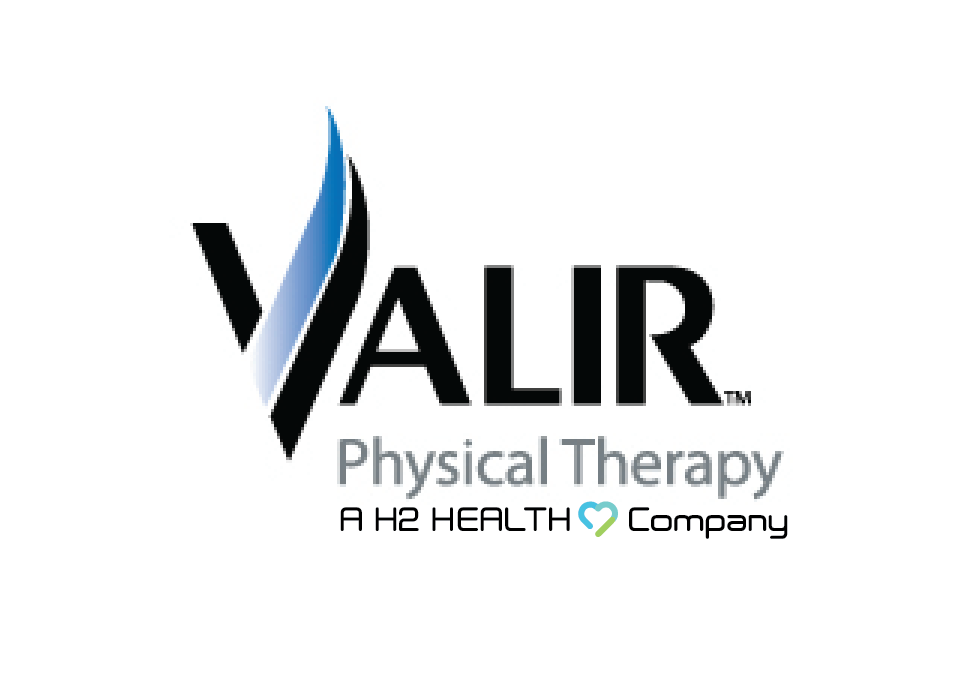
Women’s health encompasses a broad range of topics, but one that often doesn’t get the attention it deserves is pelvic health. From pregnancy-related discomfort to chronic conditions like endometriosis, many women experience pelvic pain and related issues.
Physical therapy can offer effective strategies to manage and alleviate these problems. Let’s discuss the common pelvic health issues women face and how physical therapy can help.
Common Pelvic Health Issues in Women
The pelvic region is a complex area of the body that houses several vital organs, including the bladder, uterus (in women), prostate (in men), rectum, and parts of the digestive system. Due to its multifaceted nature, the pelvic region can be susceptible to various health conditions.
Here’s an overview of some common pelvic issues in women and how physical therapists at a physical rehab center can help.
Pelvic Pain
Pelvic pain is one of the most common complaints among women. It can be caused by a number of factors, including muscle spasms, nerve damage, or inflammation. In some cases, it may even be related to psychological factors like stress or anxiety.
Physical therapy can help address pelvic pain by strengthening the muscles in the area and improving circulation. A physical therapist at a physical rehab center may also use techniques like massage or stretching to relieve tension and reduce inflammation.
In addition to these treatments, your therapist may also suggest exercises or lifestyle changes that can help prevent future episodes of pelvic pain.
Urinary Incontinence
Urinary incontinence is a common issue that affects many women as they age. It occurs when the muscles that control bladder function weaken over time, making it difficult to hold urine in.
Physical therapy can help improve urinary incontinence by strengthening the pelvic floor muscles responsible for bladder control. Your therapist at a physical rehab center may teach you exercises designed to target these muscles specifically and provide guidance on lifestyle changes that can support bladder health overall.
Fecal Incontinence
Fecal incontinence, a less often discussed yet significant concern, can deeply affect a woman’s quality of life. This condition involves an inability to control bowel movements, leading to unexpected leakage of stool.
Factors contributing to fecal incontinence include childbirth-related injuries, nerve damage, and muscle weakness, particularly within the pelvic floor muscles.
Physical therapy targets the root of fecal incontinence by strengthening and retraining the pelvic floor muscles and sphincters. Treatment might involve biofeedback, exercises to enhance muscle strength and coordination, and education on dietary modifications to manage symptoms. A tailored physical therapy program aims to restore control, boost confidence, and significantly improve the lifestyle of those impacted by this condition.
Sacroiliac Joint Dysfunction
Sacroiliac (SI) joint dysfunction is a notable cause of lower back and pelvic pain, often underdiagnosed in women. The SI joints, positioned on both sides of the pelvis, act as shock absorbers, distributing the weight of the upper body to the lower extremities.
Dysfunction in these joints can arise due to various reasons, such as pregnancy, biomechanical issues, trauma, or arthritis.
Physical therapy is a cornerstone in managing SI joint dysfunction. A physical therapist at a physical rehab center can develop a tailored exercise regimen to strengthen the pelvic, hip, and core muscles to stabilize the SI joints.
Additionally, manual therapy might be applied to increase joint mobility and alignments. Patients may also learn self-care strategies and body mechanics to manage and mitigate pain associated with SI joint dysfunction.
Each therapeutic approach is designed to relieve discomfort and improve the functional capabilities of individuals suffering from this condition.
Scar Management
Scars from surgeries or injuries in the pelvic area can lead to adhesions, which are bands of scar tissue that can bind organs together. This can cause pain, blockages, or other issues.
Physical therapy techniques such as massage, stretching, and strength training can help manage scar tissue and improve mobility.
Prenatal/Postpartum Care
Pregnancy and childbirth can place significant strain on a woman’s body, particularly in the pelvic region. Changes in posture and hormonal fluctuations can lead to back pain, urinary or fecal incontinence, and pelvic pain. Diastasis recti, a condition where the abdominal muscles separate during pregnancy, can also occur.
Physical therapy can help manage these issues by strengthening the pelvic floor and abdominal muscles, improving posture, and addressing any musculoskeletal issues.
Physical Rehab Center Near Me
Many women face a variety of pelvic health issues that, while common, can significantly affect their quality of life. The good news is you don’t have to suffer in silence.
Physical therapy has been shown as an effective treatment for many such conditions. From strengthening pelvic floor muscles to relieving pain and improving bladder control, physiotherapy techniques can be tailored to address your specific needs and concerns.
At H2 Health, we understand the unique health challenges women face. Our team of trained professionals is committed to providing personalized care and support for pelvic health issues. We offer a range of therapeutic services designed to help manage and alleviate symptoms associated with pelvic health issues.
For more information, contact our physical rehab centers offering pelvic health therapy or request an appointment online. We look forward to serving you!

